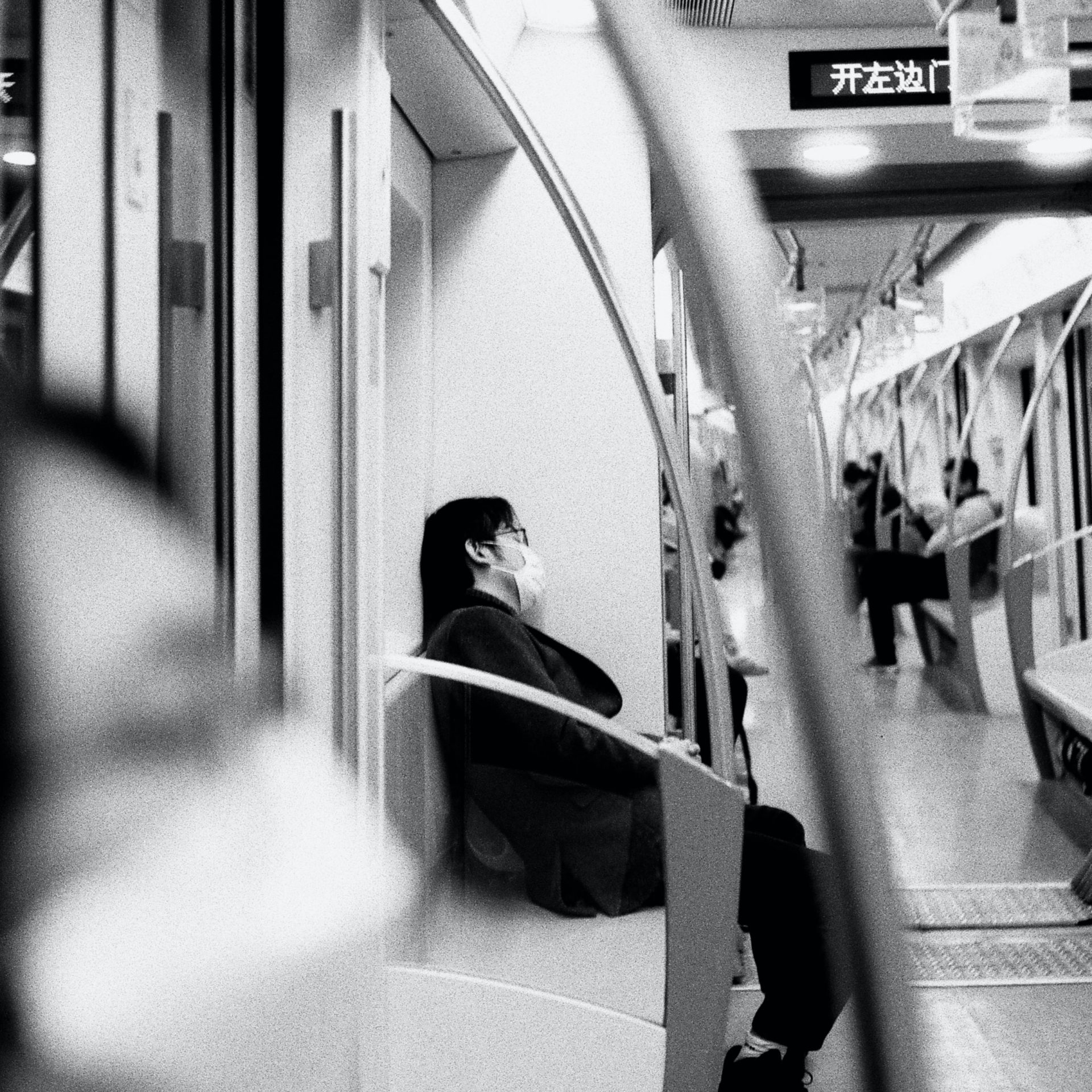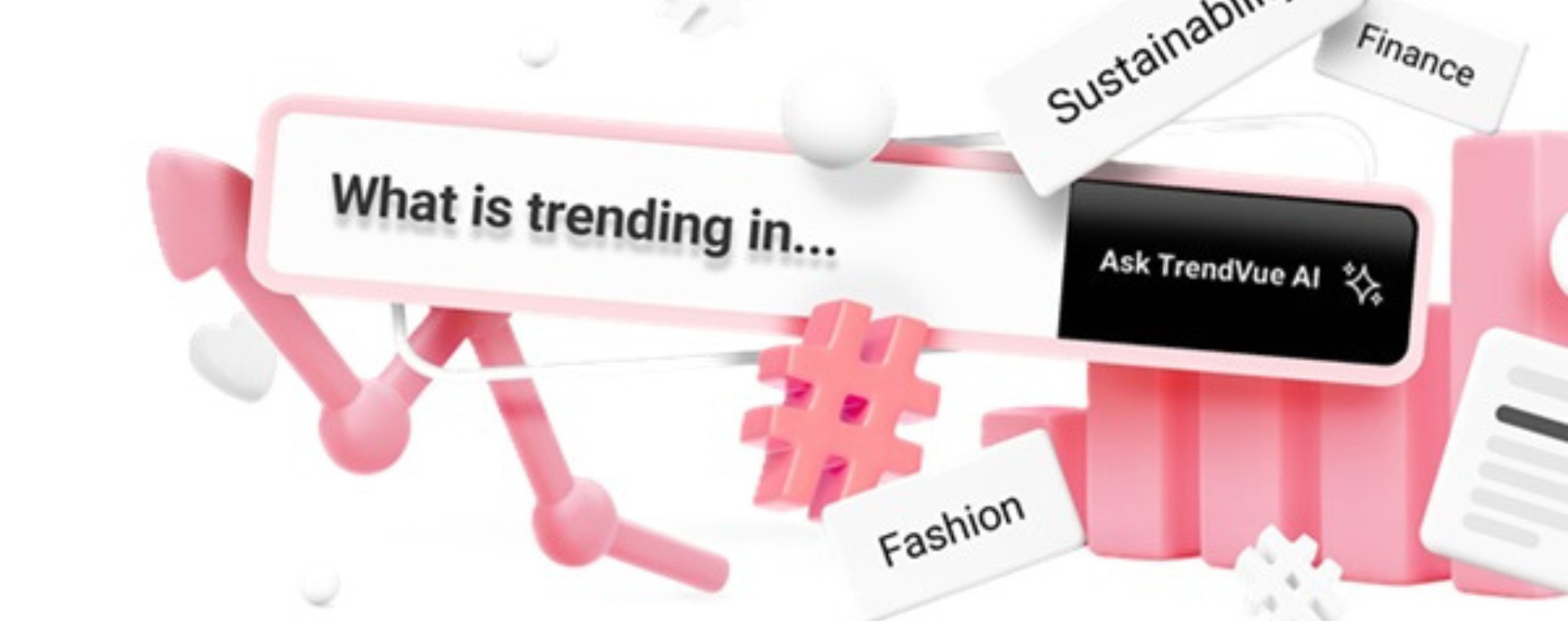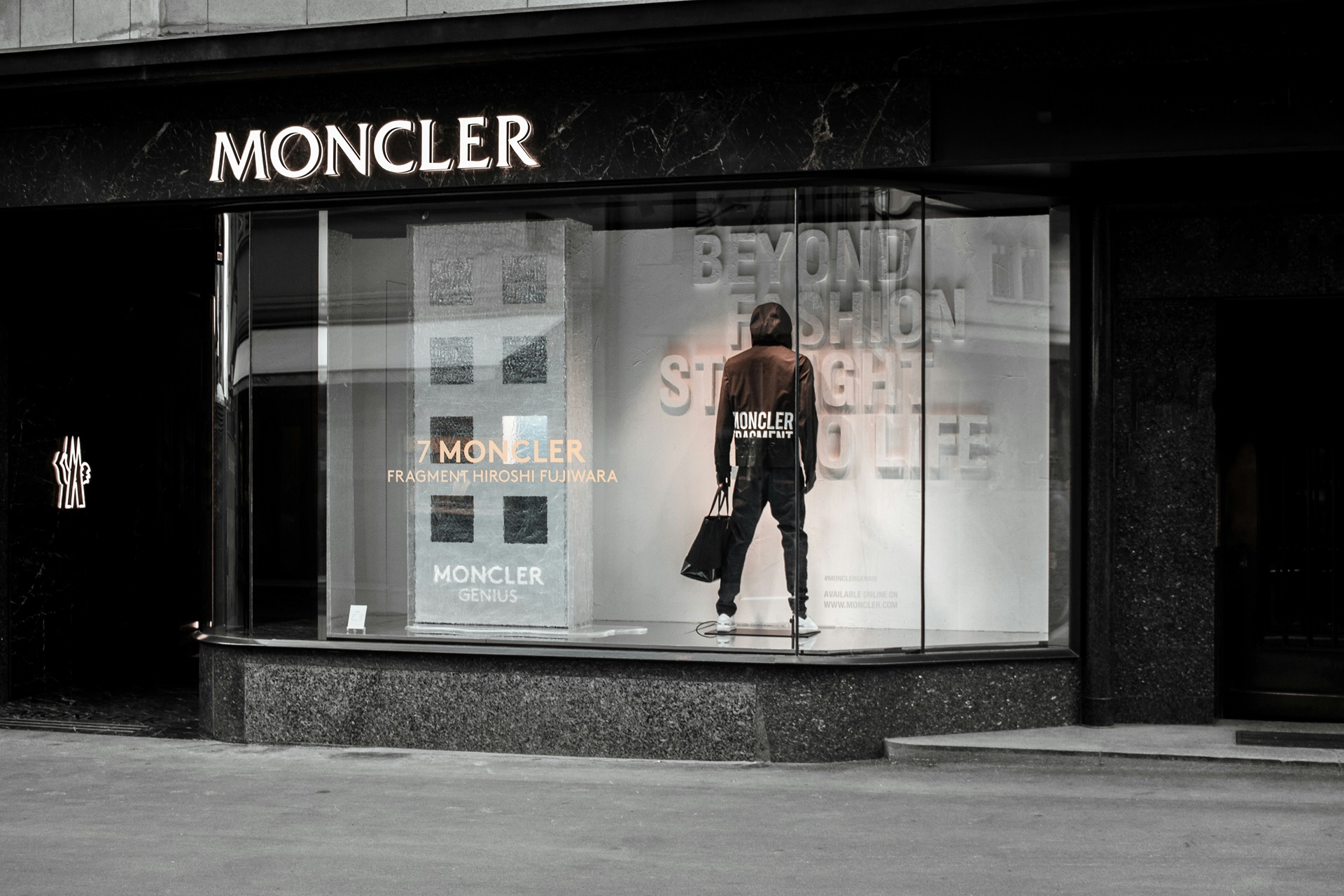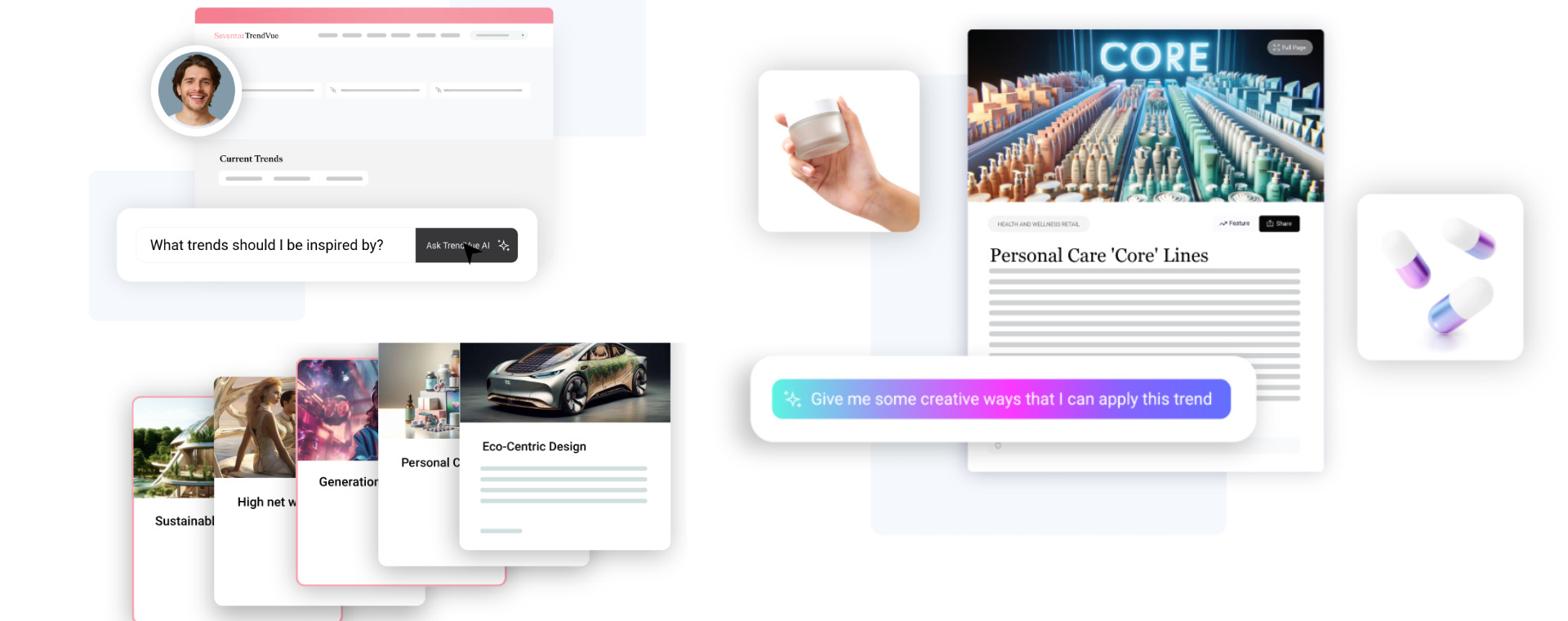

Brands need to keep on top of how the public are feeling and test how their advertising will be perceived
Now is the time for brands to show that they have a role to play in helping us adapt to the unsettling times we all live in.
No matter who you are or where you live, everyone has been affected in some way by the global outbreak of COVID-19.
People are not only worried about themselves or their loved ones becoming ill, but the economic impact, and simply how long the crisis will last.
In light of the serious reality many are facing, some commentators have said that brands should keep quiet at this time, but we disagree. As discussed in our recent article about the improved consumer perception of Tesco in the UK, effective advertising pays off. Now is the time for brands to show that they have a role to play in helping us adapt to the unsettling times we all live in.
We’ve already seen examples of advertising in both the US and UK which demonstrate empathy and an understanding of what is going on in audience’s lives.
For example — in the US — Uber (which has come under fire in the past for a lack of empathy) is thanking people for NOT using its service, while Dove is reminding people to wash their hands but also making it clear that they don’t care which soap you use to do so. While the brand is obviously still selling its product, it acknowledges that it might be perceived as crass to do so overtly.
Similarly, in the UK, the supermarkets have stepped up to become almost a public service; Tesco and Asda have consistently reassured the public that they are here to keep the country fed and also that they care about public health by showing us how to shop safely. Birdseye UK has also launched a ‘What’s for tea?’ campaign to showcase how they’re helping families cook and eat together during the crisis.
Brands can’t afford to be seen as insensitive now
We’ve seen countless examples in “normal times” of brands being called out for insensitivity but now, more than ever, is really not the time to be tarred with that brush. This is despite the fact that it’s probably a tougher climate than ever; along with the usual missteps, now even seeing ads featuring someone ordering a drink at a bar, running a marathon, or getting on a train could be jarring.
However, while the tone of much advertising at the moment appears to be either sentimental or informative, eventually people will want something different.
The public may tire of emotional content showing people “making do” at home, clips of children drawing rainbows, or cashiers reminding us to stay six feet apart. None of us yet know how public mood will change — but there may come a time soon when we want humour, and cheerfulness, and to be sold frivolous items we don’t need.
In some locations across the US and Europe certain businesses and public services— including schools and small shops — are slowly starting to re-open. While a return to any kind of normality is likely still a long way off, eventually businesses will need to start planning for life — and advertising — after COVID-19.
If you want to test your advertising messages, get in touch to find out about our Digital Ad Performance product and how it can help you test your ideas and concepts at this particularly sensitive time.
Join our US webinar on Thursday April 30th to find out more.








